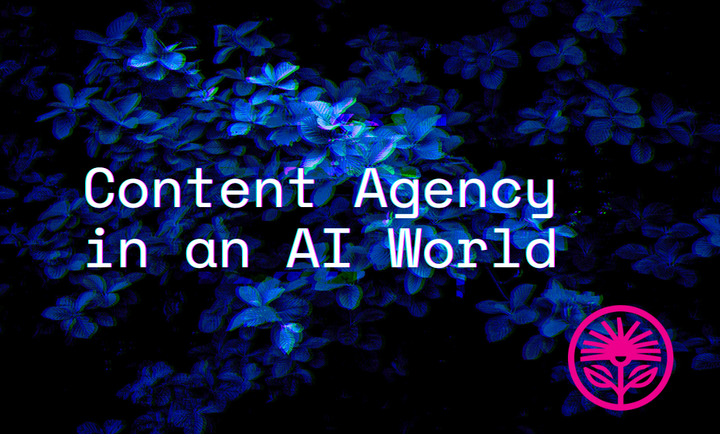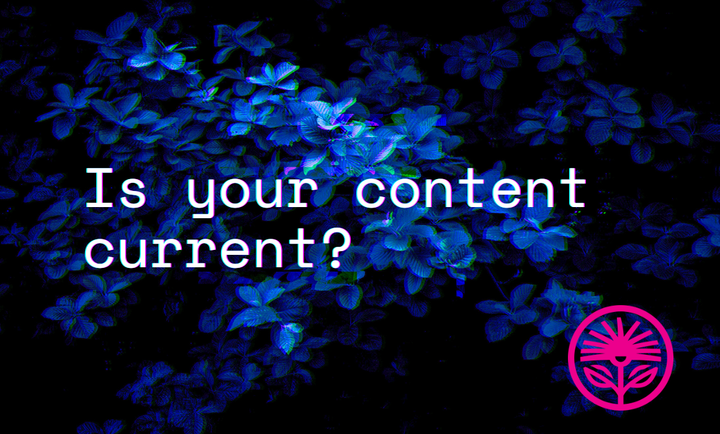Commentary: “1,000 Reasons I’m So Great”
How to create content that helps.

Roger: Ogilvy wrote a book. I got the galleys. They want a quote or something. Advertising is already up there with lawyers as the most reviled. This is not going to help.
Don: It’ll help him.
Roger: It’s called Confessions of an Ad Man.
Don: I like the title.
Roger: Please. It’s a book everybody writes, only he got it published. It should be called 1,000 Reasons I’m So Great.
Don: Is he publishing it himself?
Roger: No, Atheneum. I’ll send it over. I don’t want you to buy it.
— “Seven Twenty Three.” Mad Men, created by Matthew Weiner, season 3, episode 7.
So, that’s the big question, right? How do you make content that doesn’t look like you’re just helping yourself?
How do you keep your content marketing from becoming “1,000 Reasons I’m So Great”?
Well, here’s the bad news first:
Some people are going to think that, no matter what you do. They might be your competition, your peers, former colleagues, whoever.
Can you think of content you could produce that those same people would enjoy or celebrate? Probably not, right? Because they’re not your audience.
We’re not in this business to please them.
We’re trying to help one person in particular—our best client.
Because here’s the good news:
While Don and Roger may not have bought it, Confessions of an Advertising Man would go on to sell millions of copies and cement itself as one of the best-selling books on advertising ever written.
Because it wasn’t just 1,000 Reasons I’m So Great. It was actually described at the time as “a magic distillation of learning and wisdom.”
Ogilvy himself called it “a textbook, sugar-coated with anecdotes,” according to his biographer and former Ogvily & Mather chairman and CEO Kenneth Roman.
Great content becomes marketing when it demonstrates value.
And the insights and experiences that Ogilvy shared provided real value to the people who read it. When they were finished, they knew more about advertising than they’d known before.
It helped.
But the story doesn’t end there.
15 years later, after stepping down as chairman of Ogilvy & Mather, it seemed only fitting to write about his experiences in the business.
And, oh boy.
In 1978 he actually wrote 1,000 Reasons I’m So Great, except it had the potentially worse title of Blood, Brains & Beer.
When you read Blood, Brains & Beer, you’re constantly confronted with the question, “Who is this for?” The 11 pages on how great his house is (an enormous medieval French chateau) could not possibly be for his prospective clients.
If the stories in the book aren’t tall tales—like, for instance, his days as a spy for the British Secret Service during World War II—they still read like a self-made myth.
An initial flop, the book was reissued 17 years later with a new title, only to flop again. This time, according to Roman, it was “puffed up with lists of favorite friends, flowers, and, of all things, recipes.”
Of the five books on or by Ogilvy I’ve read, it’s the only one from which I’ve extracted no notes, no lessons.
Except, I guess, this one: don’t do that.
The problem isn’t that the content was self-serving—we’re doing marketing for goodness’ sake, it’s by definition self-serving. It’s that that’s all it was, and people could tell.
People like helping people who help them. People dislike helping people who only help themselves.
And people dislike content that only helps the creator. But they like content that helps them, even if it helps the creator, too.
And this book didn’t help anybody, not even Ogilvy.
Luckily, Blood, Brains, & Beer wasn’t his last book.
In 1983 he published Ogilvy on Advertising. If you’ve heard of David Ogilvy, it’s probably because of this book.
It was described at the time as “as fine a primer on advertising as has ever been written,” and, “the most exciting and instructive volume about advertising” ever.
In Roman’s biography of Ogilvy, The King of Madison Avenue, he notes that it’s “even more of a how-to book” than Confessions. But, “unlike Confessions, it included campaigns from other agencies.” It was even less self-interested, and even more helpful.
Now, are these books the most helpful texts on advertising ever? Of course not! Ogilvy’s perspective, while fascinating, was his perspective.
So, no, none of these books should be taken as canon on anything other than Ogilvy’s public opinions. Ogilvy himself called all his books “thinly disguised advertisements for Ogilvy & Mather.”
And that’s exactly what his best clients wanted most: To know what he thought about advertising, so they could know if they should work together.
Our job isn’t to know everything. It’s to know as much as we can about how to be as helpful as we can to the people who need that help the most.
Blood, Brains & Beer, unfortunately, was just what he thought of himself.
And your best clients don’t want to know what you think of yourself. They want to know how you think about what you do.
They want your opinions, based on your perspective. Because those inform your tradeoffs, which allow you to deliver extraordinary value to your very best customers.
So if you’re worried about accidentally writing 1,000 Reasons I’m So Great, try your darndest to write 1,000 Ways You Can Get Great At This.
Remember: your content is marketing, and that’s okay.
But your marketing should deliver value.
Eventually, Ogilvy admitted that the title of Blood, Brains & Beer was “repulsive. And so was my egotism.”
Maybe that little voice in the back of your head will always think that’s what you’re doing.
But that’s okay, that’s what that voice is there to say.
It helps us remember that if we demonstrate our value at a distance, to the people who appreciate it most, we’ll do something else entirely.
We’ll help.



